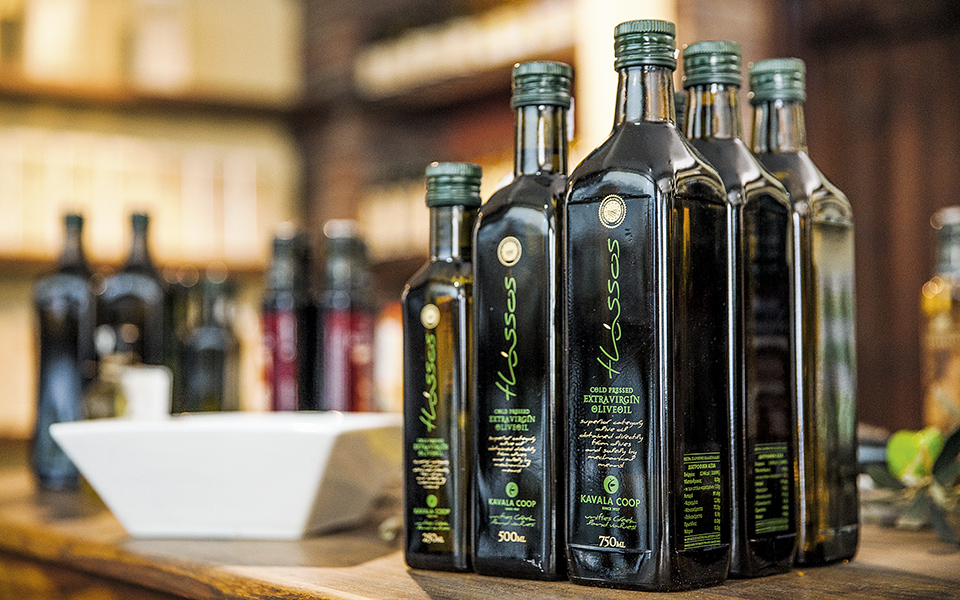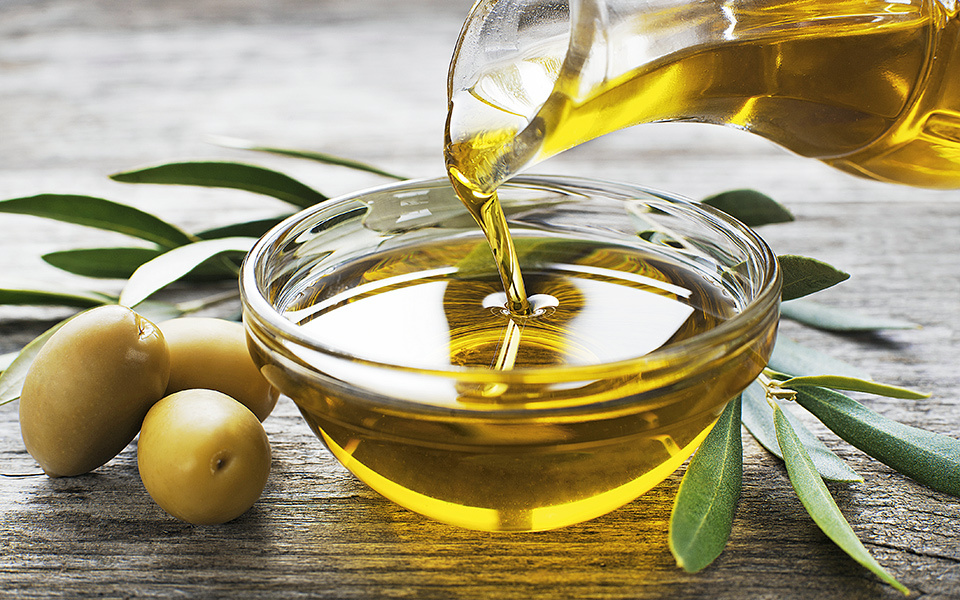Buying olive oil is not as simple as grabbing a bottle off the shelf. To be sure of the quality of the oil you consume, all you need to do is follow the labeling on the bottles to guide you to the best choice.
1. Category: Extra virgin or virgin. This category relates to the acidity of the oil: the lower the better. Extra-virgin acidity is lower than 0.8% and is the best choice for all purposes because of its high nutritional value.
2. Production: Organic, conventional or integrated management. The price of organic oil is higher, but comes with the extra reassurance of being pesticide-free.
3. Variety: The variety of the olives used plays no particular role in the quality of the oil.
4. Extraction method: This is important for the conservation of nutrients. The lower the temperature at which the oil is pressed the higher the quality. The best quality is cold pressed.
5. Production date: The production date on the bottle prevents a producer from bottling and selling last year’s oil as this year’s. Efi Christopoulou, chemist for the International Olive Oil Council, prefers the olive oil production date to be shown on the bottle to guide consumers.
6. Green olive oil: Agourelaio is the freshest oil produced from unripe green olives. It has an intense, peppery flavor, fruity fragrance and a bright green color. Best consumed raw with bread or on salads.

PACKAGING
The oil is extremely sensitive to temperature and light, so choose dark bottles or tins with a special coating on the inside.
What else to know before you buy:
Vasilis Frantzolas, olive oil taster and consultant, says that to test the flavor of the oil, taste a little bit on its own, keeping it in your mouth for a few moments before swallowing. It should be lively, with a fresh scent.
• The color is not necessarily an indicator of quality. With good storage, an old olive oil may retain its green color while a fresh batch of olive oil might have a bright golden color. Oils degraded by sunlight have a pale yellow color.
• Buy the amount you think you’ll need and not more. Time changes the quality of the oil.
STORAGE:
The enemies of olive oil are:
• Oxygen: Air oxidizes olive oil. If buying a large package – e.g., a five liter can of oil – it’s better to pour it into individual one liter bottles filled right to the brim for storage.
• Light and temperature: The chlorophyll that gives the oil its green color is light sensitive. Choose oils that are stored in opaque or dark packaging and keep them in a dark, cool environment. Ideally, the temperature should not exceed 16 °C. In hot climates, the oil can be kept in the refrigerator in the summer.












